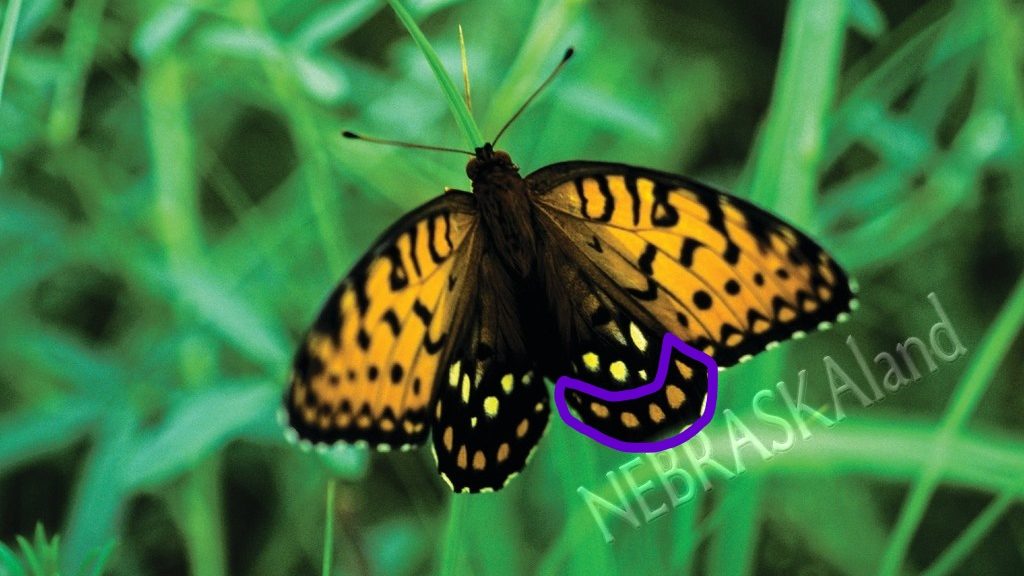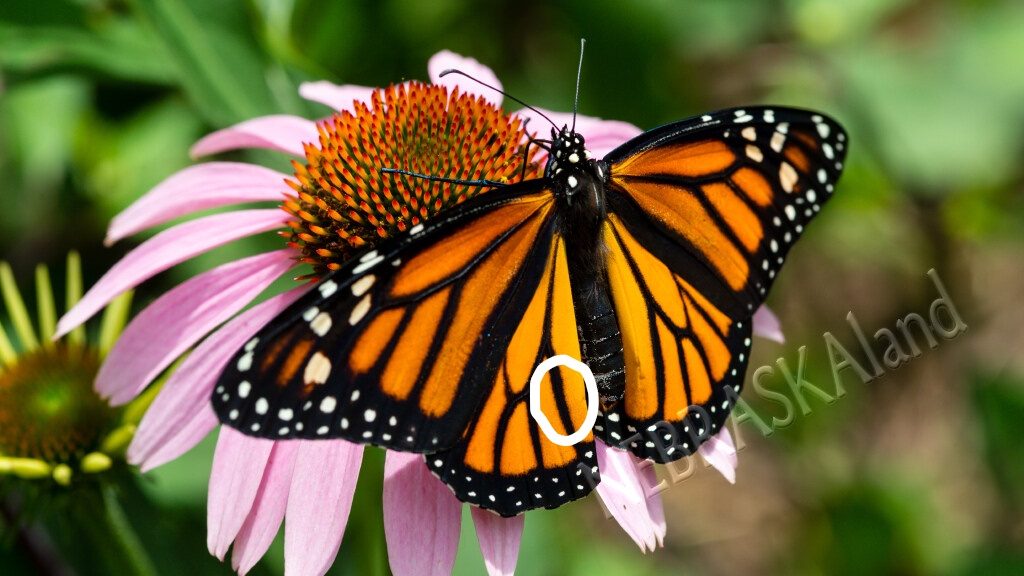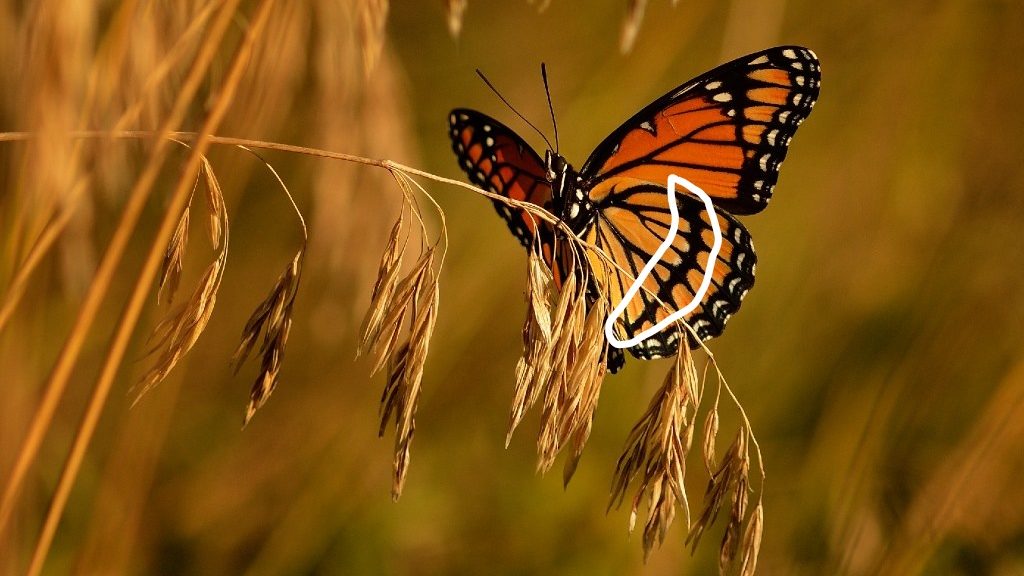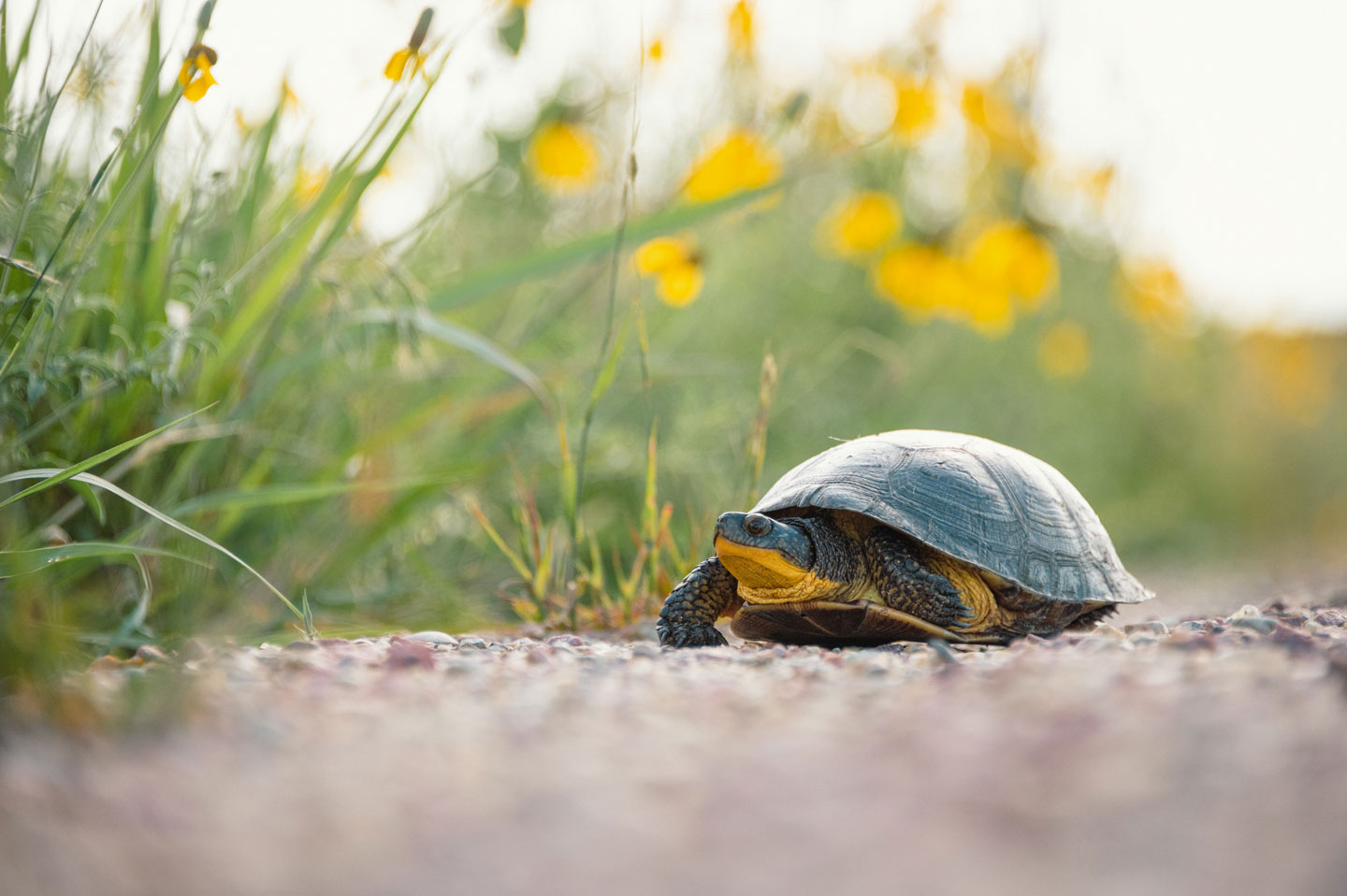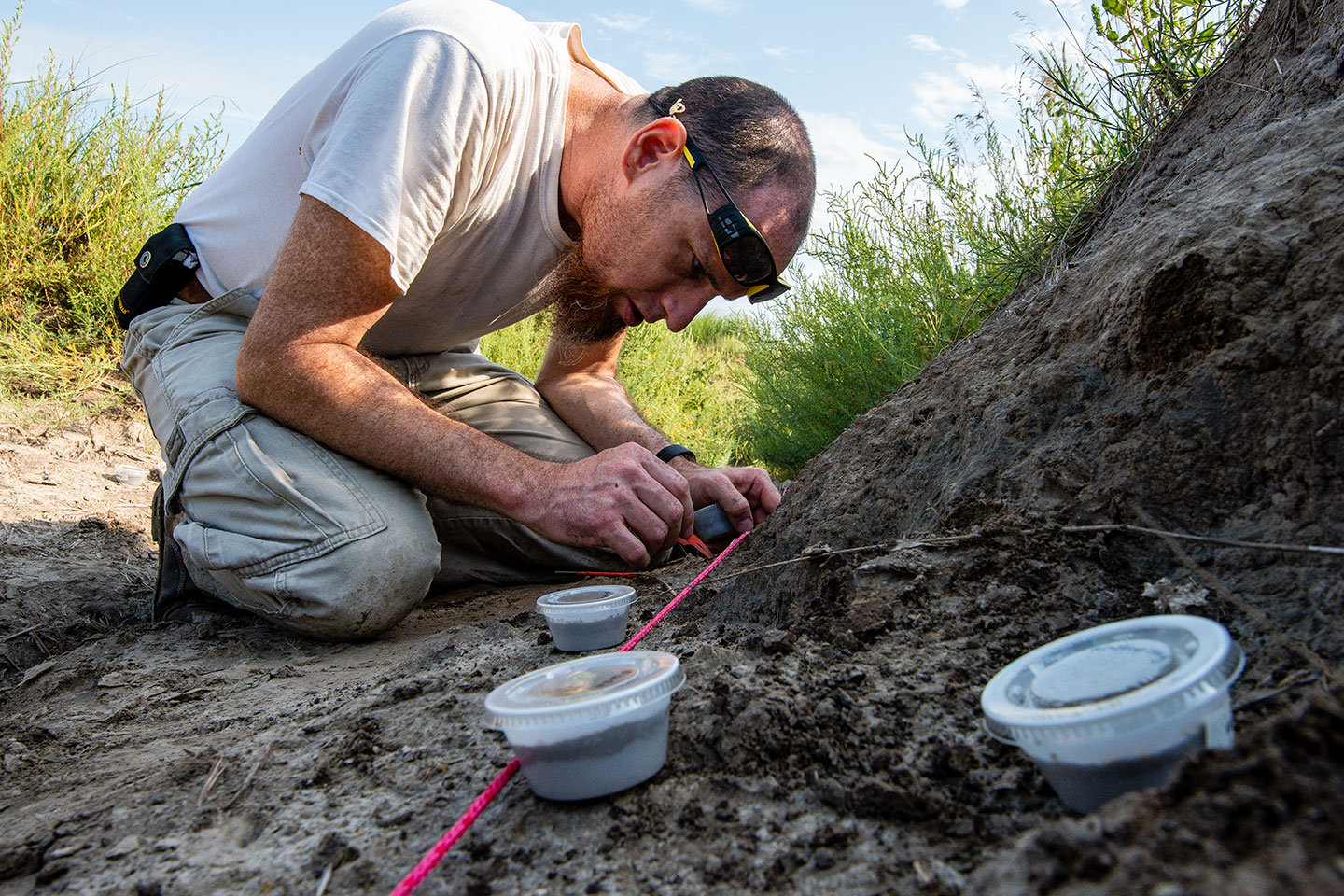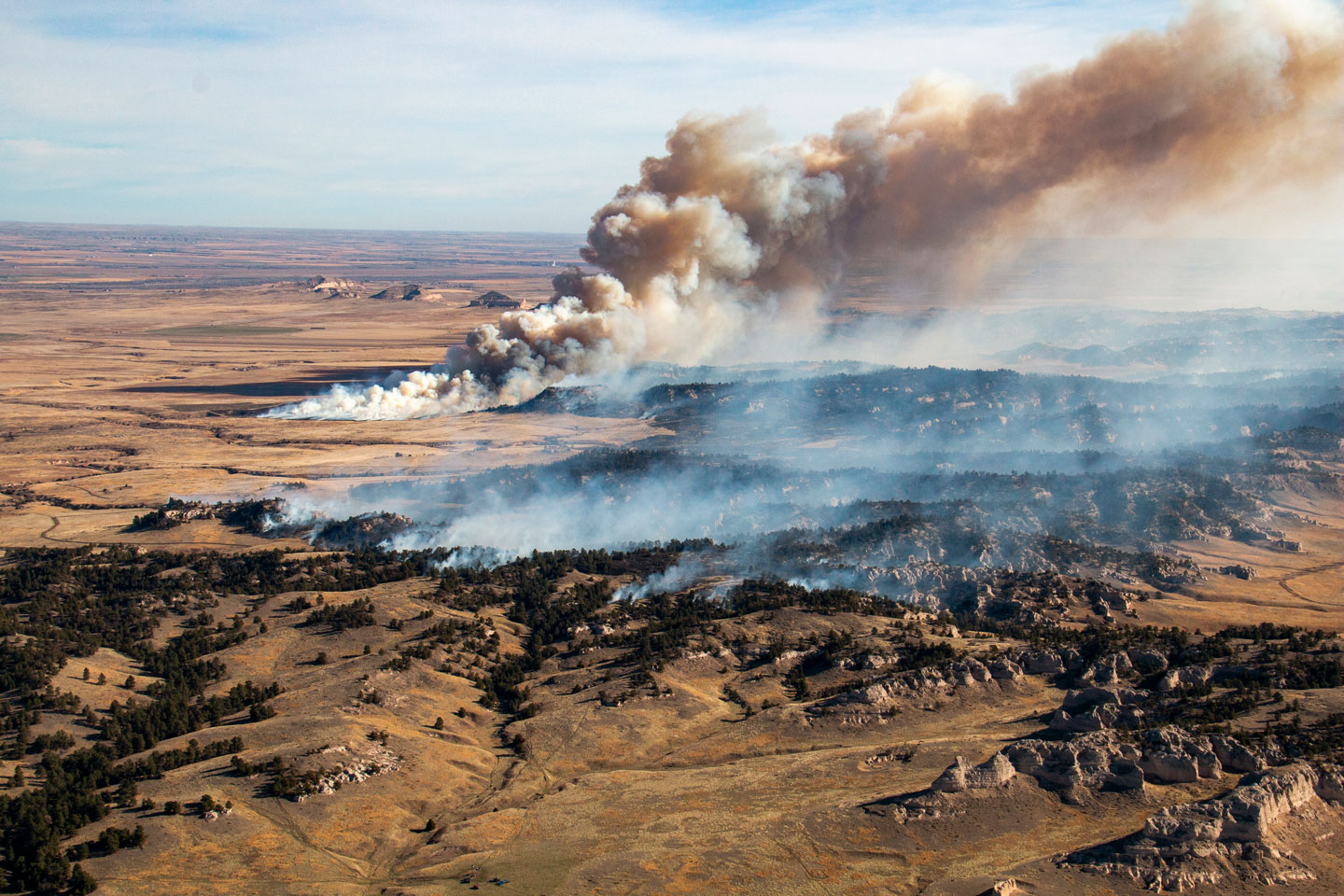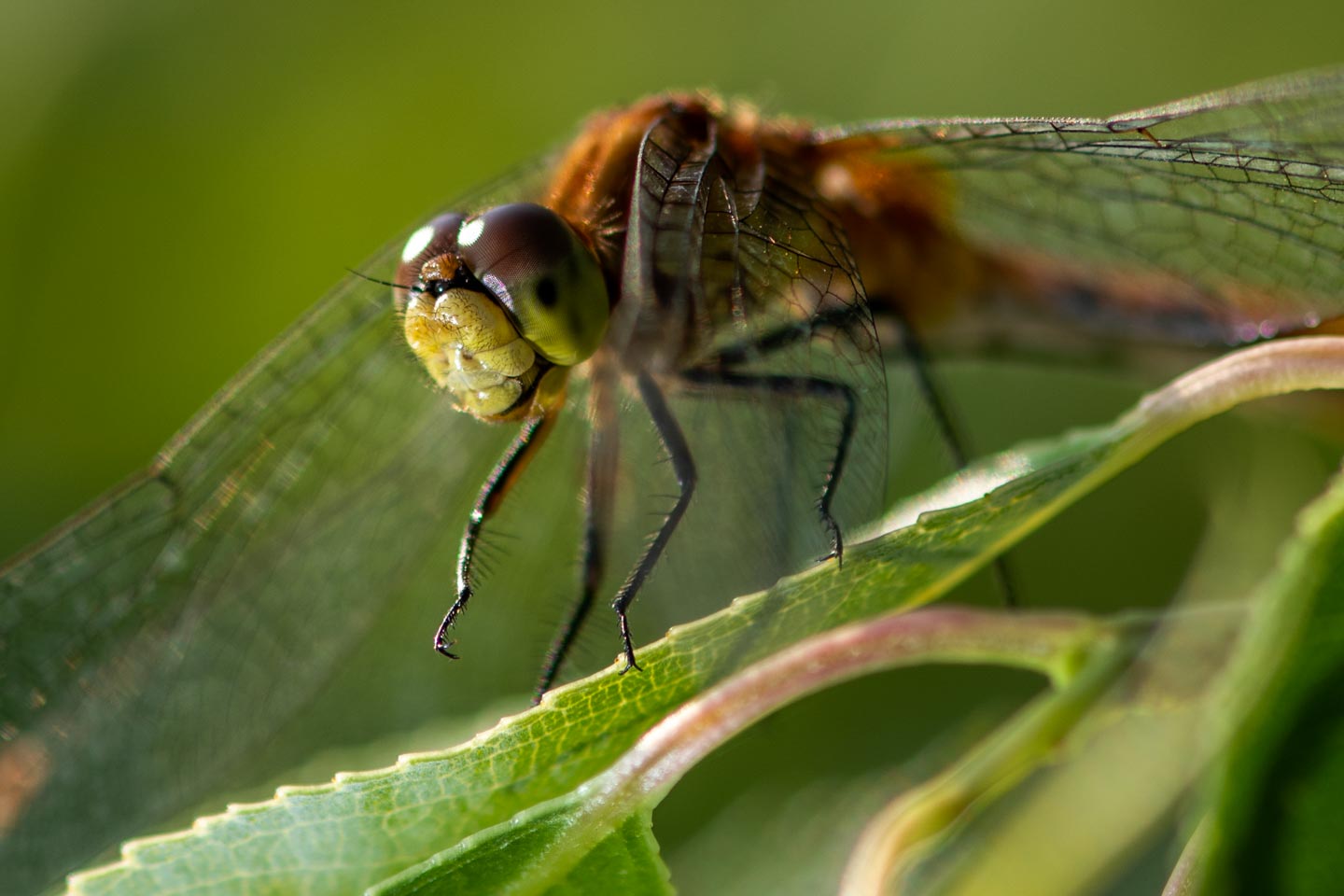Monarch and regal fritillary survey
There is an urgent need to track monarch butterflies and regal fritillaries annually across their range to better understand them and provide them with more effective conservation in Nebraska. A community science project was launched in 2015 and refined in 2020 to monitor populations of monarchs and regal fritillaries across the state. This expansive survey effort is not possible without the help of volunteers, who can learn how to identify these protected species, conduct surveys and contribute to this important conservation effort.
Identifying monarchs and regal fritillaries
Proper identification of monarchs and regal fritillaries is important while conducting surveys. These tips and photos above will help you correctly identify these species of butterflies.
The regal fritillary (Argynnis idalia) is a large butterfly that is similar in size to the monarch butterfly. The upper side of the forewing is bright red-orange with black markings. The upper side of the hindwing is black with a row of white spots, and on the wing edge is a row of spots that are orange in males and white in females. The underside of the forewing is orange with a band of white spots and a black fringe. The hindwing is dark greenish brown with elongate white spots.
The monarch butterfly (Danaus plexippusis) is possibly the best known butterfly in the U.S. They are bright orange with black veins and white spots. Males have a black spot that is actually a pheromone pouch on each hindwing and usually have thinner venation. Females lack the black spots and have thicker veins.
While the viceroy butterfly (Limenitis archippus) is not a target species for this survey, it is a mimic and surveyors need to be able to differentiate between viceroys and monarchs. The coloring and pattern of monarch and viceroy wings look nearly identical. However, a viceroy has a black line crossing the post-median hindwing and is smaller than the monarch.
Summer Pollinator Internship
We’re seeking two Pollinator Interns from May-August, 2025! If you’re looking for a fun internship studying Nebraska’s monarch and regal butterflies, this may be the perfect opportunity.
Summer butterfly surveys
Surveys take place annually from June 15 to August 15. Surveyors are assigned to sites. Volunteers must attend a training before they conduct surveys. In-person training sessions are held each spring in late May and early June. We also have a prerecorded training series available in the link below.
The survey is a 200-meter walk (often off-trail) looking for butterflies. The distance and angle to each butterfly is recorded. Surveyors will then investigate vegetation, habitat, and land-use variables. A survey takes about 20-30 minutes to complete.
Help without surveying
If the survey doesn’t sound like it is for you but you are still looking for ways to help, please help us spread the word by sharing this flyer advertising the survey. We are always looking for more volunteers.
Questions?
If you have questions about the project, contact Nebraska Game and Parks Commission Pollinator Ecologist, Stephanie Paris.


